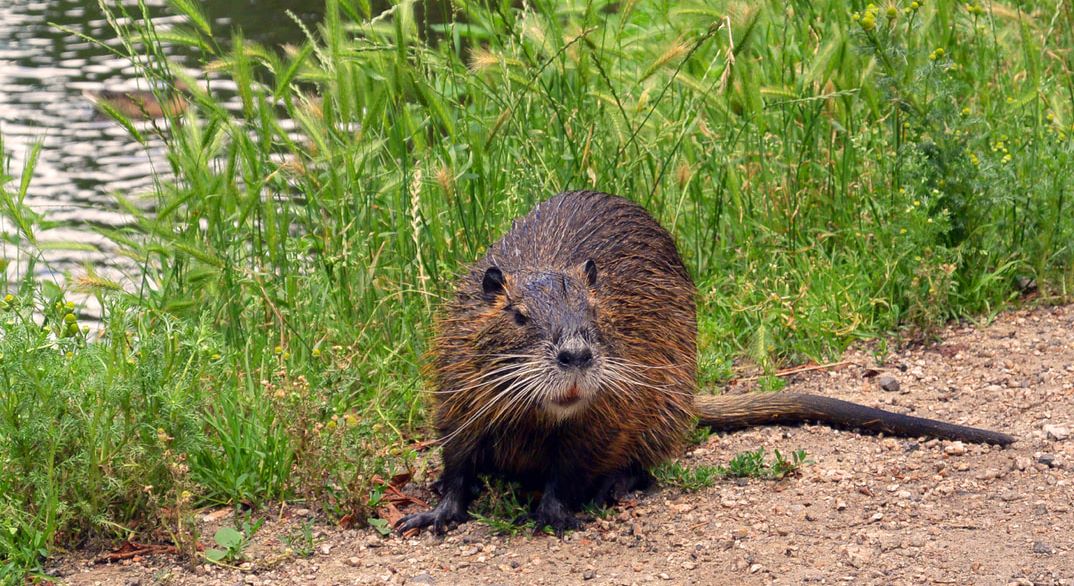
Identifying Nutria Tracks
Nutria are large rodents sometimes confused with beavers or muskrats due to their similar appearance and partiality for water. These pests look so much alike that one of the best ways to tell them apart is their footprints. Nutria tracks are different from those left by beavers and muskrats because their prints show only four toes on the front feet.
Another way to determine if tracks belong to nutria is to look for partial webbing between the toes of the rear feet. Muskrats have none, while beaver feet are fully webbed. Since the pests spend so much time in or near water, finding nutria tracks in mud and sand is a good indicator of their presence.
Issues With Nutria
The majority of nutria problems are associated with their diet. The pests forage along waterways, which in turn impacts crops, gardens, and lawns. Nutria also cause girdling along the base of trees and shrubs. Their burrows are known to destabilize stream banks and cause extensive erosion, which leads to flooding.
Control and Removal
Once nutria tracks are found, property owners should contact the wildlife removal experts at Critter Control. While trapping and habitat modification are somewhat effective, they’re also time consuming and costly. The best way to eliminate problem nutria is with professional assistance.